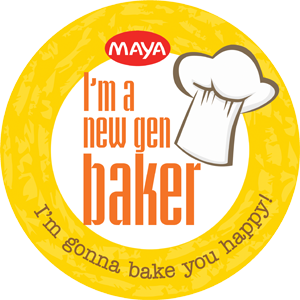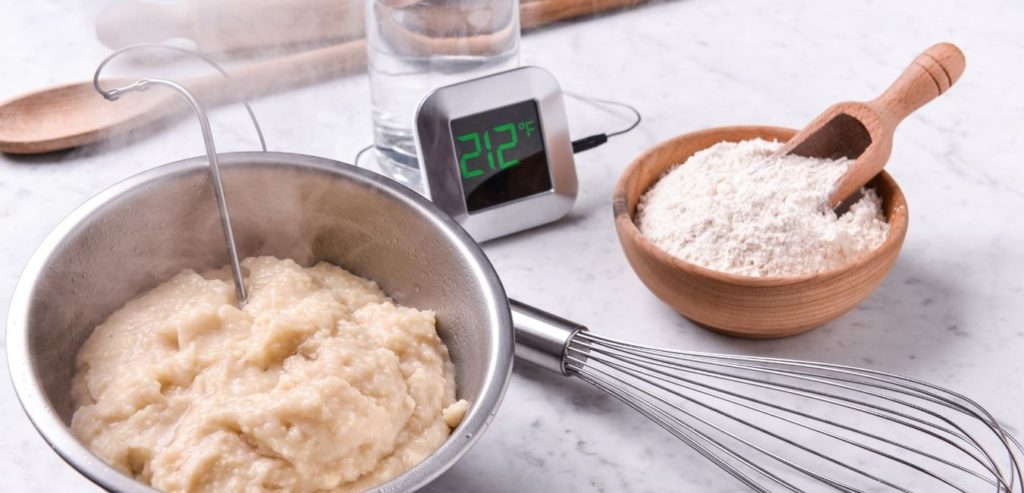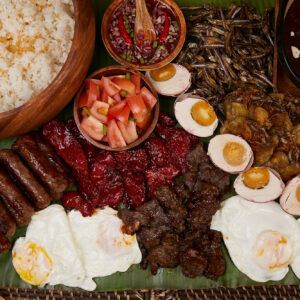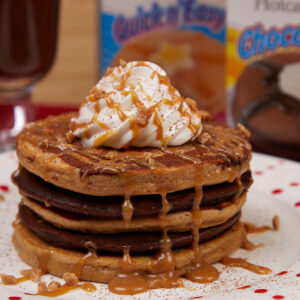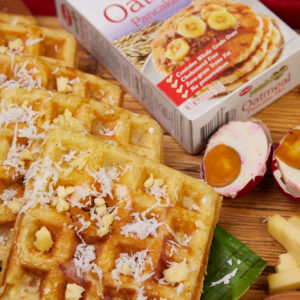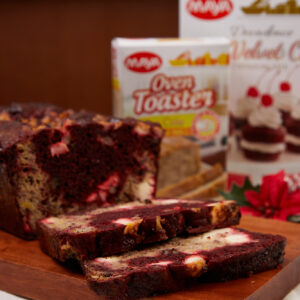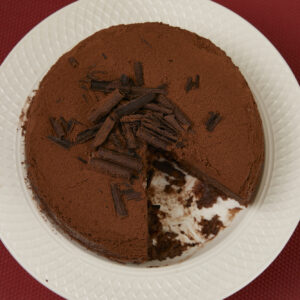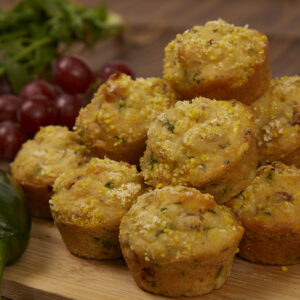Praised by baking connoisseurs worldwide, Tangzhong bread or Tangzhong milk bread usually comes in the form of soft rolls or fluffy, creamy loaves. Also known as yukone, it’s a departure from the usual crusty bread with its pillowy soft and milky consistency. This method is perfect for making Tangzhong cinnamon rolls and even whole wheat and sourdough breads.
The History of Tangzhong Bread
The Tangzhong Method originated in Japan and has been around for quite some time. The popular Hokkaido Milk Bread, also known as shokupan, is a great example. But many credit Yvonne Chen, Chinese author of the book 65 degrees C Roux the bread, to bringing Tangzhong to worldwide popularity in the 90s.
The Method in a Nutshell
It all begins with the Tangzhong roux, a gelatinous paste-like ingredient made by cooking a mixture of flour, and milk or water before adding it to the bread dough.
The science behind this mixture is that flour takes in more liquid when it’s hot, so Tangzhong dough contains more water than your typical loaf. But don’t confuse it with sticky doughs that have a high water percentage called high-hydration breads. Unlike these, Tangzhong dough is not sticky to the touch thanks to the cooked mixture.
Besides the fact that Tangzhong bread is softer and milkier than most, it also has a longer shelf life and retains freshness for several days.
How to Make Tangzhong Starter
All you need is milk or water, and flour. All-purpose flour produces the best results. You can also use whole wheat flour, but the result won’t be as pillowy soft.
Use a ratio of 1:5 for the flour and milk or water. Mix the ingredients together until smooth, making sure there are no lumps. Cook the mixture on medium-high until it reaches 65 degrees Celsius while stirring it consistently, preferably with a wire whisk. Use a reliable thermometer to ensure its not under- or overcooked.
Cover the mixture and let it cool before adding your other bread ingredients.
The Science Behind It
Having a cooked starter jumpstarts the gelatinization of the starches, which enables your dough to retain water while baking. This makes the bread extra moist and gives it a softer crumb and a sweeter taste.
The high-water retention of the dough produces more steam inside the bread. You’ll notice that Tangzhong dough often rises higher than others in the oven.
Bread goes stale when it de-gelatinizes, and Tangzhong bread’s ability to retain water is the reason it has a longer shelf life.
Tangzhong Bread Products
Aside from simple loaves and rolls, the Tangzhong method also works for sourdough, whole wheat, cinnamon rolls, and many other bread varieties.
Some whole wheat bread recipes using the tangzhong method will have the same results as the traditional process. However, you may see a difference in your loaf’s shelf life in that it lasts longer with the Tangzhong starter. Experiment with your water to flour ratio, but always retain the cooking part of the process, otherwise it doesn’t count as tangzohng bread.
On the other hand, Tangzhong cinnamon rolls are distinctly softer than their conventional counterparts. Cinnamon rolls tend to go stale fast, so using the Tangzhong method keeps them springy and tasty for longer. So, why not try it out?
Try experimenting with different varieties of the main ingredient. If you’re using milk instead of water, you can try full cream, low-fat, or even non-dairy alternatives like almond or coconut milk to see how it turns out.
If you’re new to breadmaking, we recommend reading our beginner’s guide. Experiment with the traditional methods first and then branch out to Tangzhong. Don’t forget to let us know how your baking adventures go by leaving a comment below.
